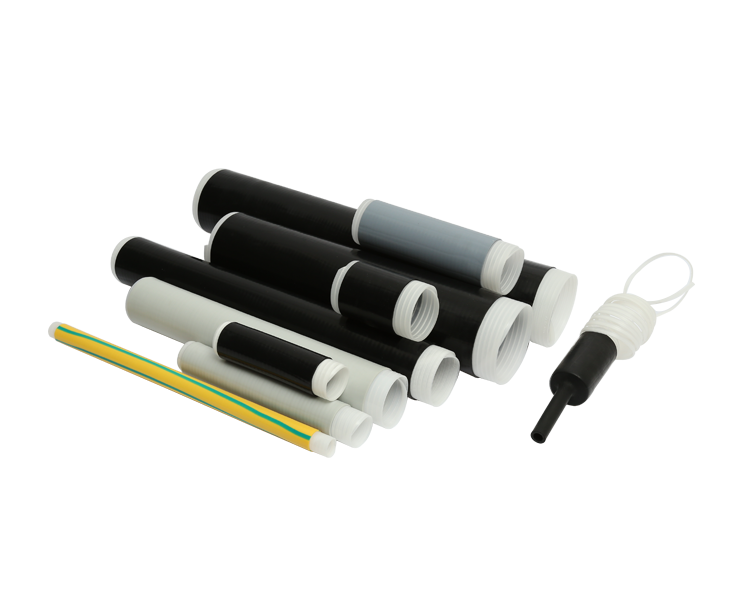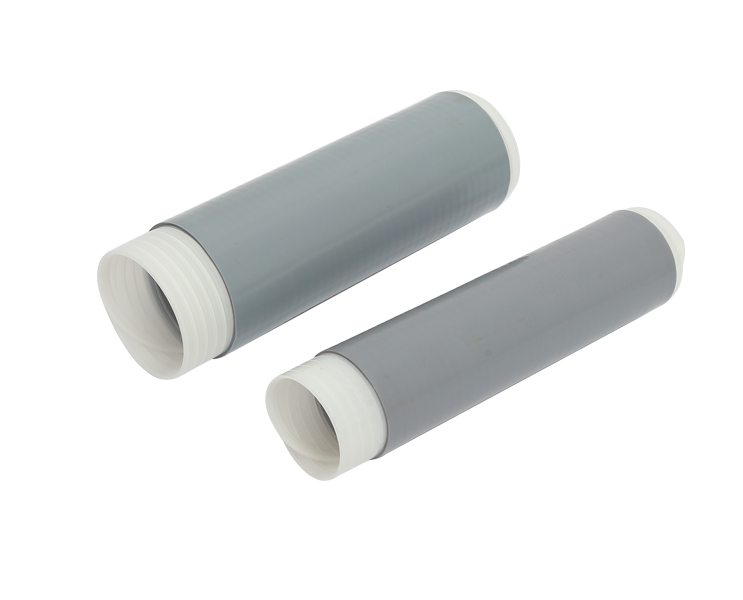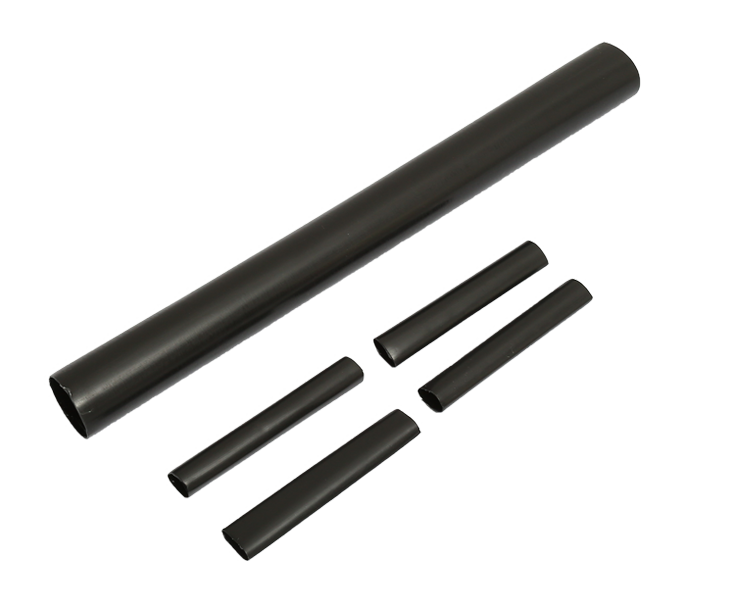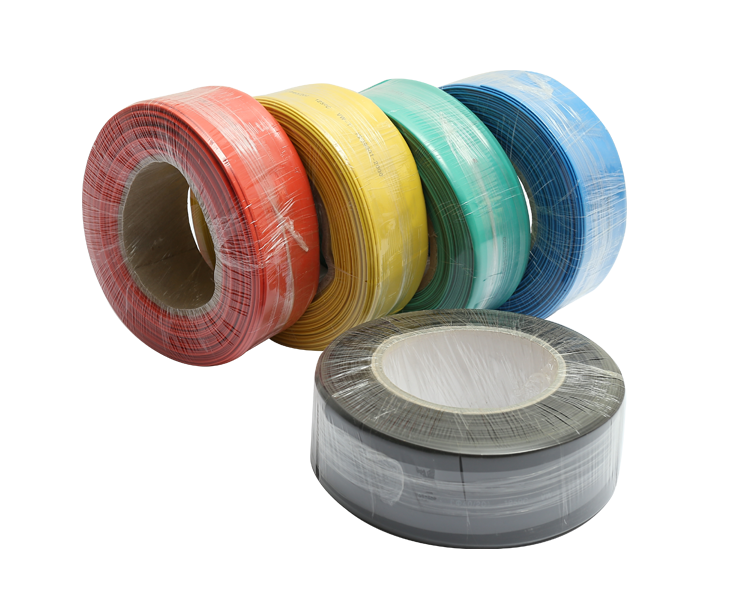What Are The Differences Between 2-Core and 3-Core Cable?
Within the realm of electrical and electronic systems, the selection of cable configurations holds paramount significance in ensuring optimal performance and tailored solutions. The nuanced disparities between 2-Core and 3-Core Cables manifest in their applications, capabilities, and suitability for diverse contexts.
Understanding the Essence of 2-Core and 3-Core Cables
2-Core and 3-Core Cables represent foundational elements in cabling systems, distinguished by the number of insulated cores they contain. This core count serves as the crux of their disparities, dictating their functionality, application scope, and adaptability.
1. Core Configuration: A Core Distinction
The defining characteristic of 2-Core Cables is their configuration, which features two insulated cores housed within a single cable sheath. This streamlined structure caters to scenarios where a limited number of signals or power sources need to be transmitted. Conversely, 3-Core Cables present an extension of this design, encompassing three insulated cores within their sheath. This additional core enhances their capabilities to accommodate a more diverse range of applications, often involving multi-phase power distribution or the simultaneous transmission of signals.
2. Applications of 2-Core Cables: Focused and Efficient
2-Core Cables excel in scenarios requiring a focused transmission of two signals or power sources. Such applications are prevalent in situations where a simple connection is necessary, such as in basic lighting circuits, small appliances, or control systems. The streamlined core count simplifies installations and reduces complexities, making 2-Core Cables suitable for setups demanding efficient connectivity without the need for multiple cores.
3. Versatility of 3-Core Cables: Embracing Complexity
3-Core Cables extend their reach across a spectrum of applications, capitalizing on the additional core to accommodate a broader range of functionalities. These cables find prominence in three-phase power distribution systems, where multiple phases of power need to be transmitted simultaneously. Additionally, 3-Core Cables are employed in scenarios requiring the transmission of signals alongside power, making them suitable for setups like motors, heavy machinery, and larger lighting installations.
Key Differentiators Influencing Choice
The selection between 2-Core and 3-Core Cables hinges on several key factors:
- Application Complexity: The complexity of the application at hand guides the choice between the streamlined efficiency of 2-Core Cables and the multifunctional capacity of 3-Core Cables.
- Phase Requirements: Applications necessitating multi-phase power distribution naturally gravitate toward 3-Core Cables due to their inherent capability to handle diverse phases.
- Space Considerations: The number of cores directly impacts the size of the cable. In applications with limited space, the choice between 2-Core and 3-Core Cables can influence the feasibility of installation.
- Installation Efficiency: In simpler setups where a reduced core count suffices, 2-Core Cables offer streamlined installation processes and reduced complexities.
- Future Expansion: Anticipating future needs and potential expansion can influence the decision, especially if the infrastructure might require additional functionalities.
Applications and Connectivity Scenarios
- 2-Core Cable Applications: These cables are integral to lighting installations, control systems, small appliances, and scenarios demanding straightforward connections.
- 3-Core Cable Applications: The versatility of 3-Core Cables caters to motors, industrial machinery, three-phase power distribution networks, and setups requiring the transmission of signals alongside power.
The choice between 2-Core and 3-Core Cables is rooted in the specific requirements of the application. Whether it's the streamlined efficiency of 2-Core Cables or the comprehensive capabilities of 3-Core Cables, the decision influences the efficiency, adaptability, and performance of the electrical and electronic systems they serve. These cables stand as emblematic examples of the tailored approach to connectivity, where each core count finds its niche in creating optimal solutions for a diverse array of modern applications.

 English
English 简体中文
简体中文



